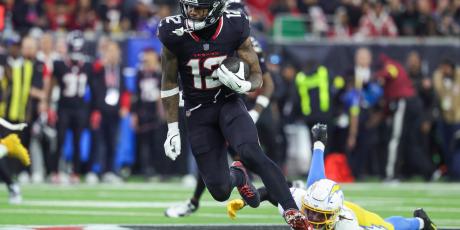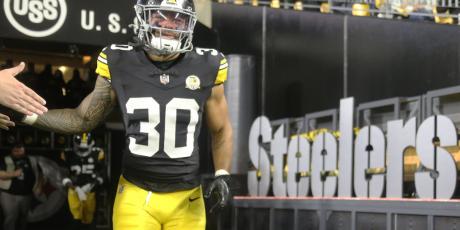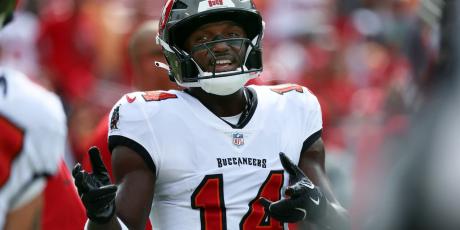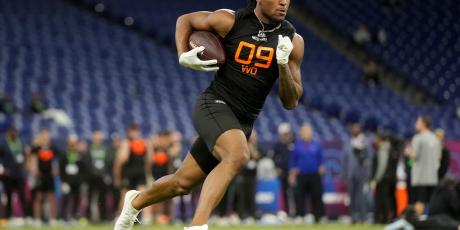When to Draft a Tight End in Your Fantasy Football League
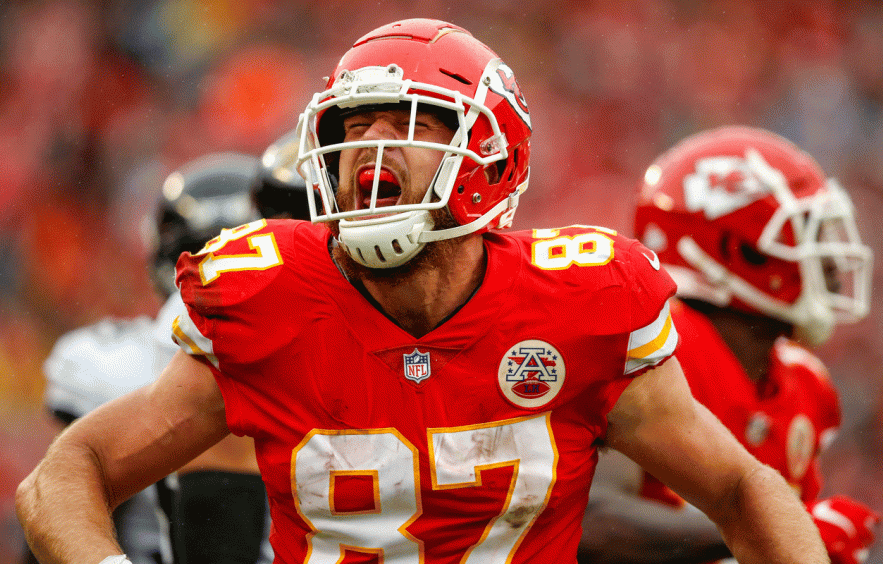
Let’s face it, the tight end gets a bad rap. Sure, people care about tight ends a little bit more than kickers or team defense, but they are often an afterthought for the general drafting population. Your average fantasy football player doesn’t spend much time evaluating their tight end options and will usually either reach for one of the top guys or settle for a passable option somewhere throughout the course of their draft. I’m here to change that stigma and arm you with a few different strategies to maximize your points at tight end so you can get the most bang for your buck on draft day.
Opportunity Cost of Drafting a Tight End Early
When constructing your fantasy football rosters, the players you choose to pass over should have as much of an impact on your decision as those you eventually select. This theory is referred to as opportunity cost and should be taken into consideration when deciding when to grab a tight end, especially in the earlier rounds of your draft.
In a standard 12-team league, starting rosters usually consist of two RBs, three WRs, one TE, and one FLEX player. Because you must start multiple other positional players versus just the one tight end, the demand for these players is much higher. An average league has to roster anywhere from 24–48 positional players depending on league rules for the FLEX position. This creates a deficiency in the supply for running backs, and to a lesser extent wide receivers, that does not meet the league’s demand. This, in turn, results in somewhat of a surplus on tight ends, as there is at least one starter on every NFL team, so there is always availability, even after fantasy drafts and into the season.
If you are sitting at the lower end of the draft order, say picks 10-12, and are debating whether to grab the top tight end off the board, it may help the decision process to glance back at some previous drafts to determine whether the production from that tight end was worth his draft spot over a similar positional player. It wasn’t that long ago when tight ends were not even remotely considered draftable until around the third or fourth round.
In 2016, the trend was to lay off the tight end position in round one, with Rob Gronkowski’s ADP hovering around pick 15 overall. Sadly for his drafters, he only played in seven games, finishing with 540 yards and three touchdowns (TE26 in fantasy points). In an injury-riddled year all around, the player drafted right before him was Keenan Allen, who went down Week 1 with a torn ACL. Mike Evans had an ADP of 2.04, and flourished in 2016, ending as WR3 with 1,321 yards and 12 touchdowns. The two closest running backs to Gronk when it came to 2016 ADP were LeVeon Bell and Devonta Freeman, who both ended the season with more than double his yardage and touchdowns. You were much better off waiting until round six to grab a tight end in 2016, as both Travis Kelce and Delanie Walker finished among the top five in fantasy points.
Waiting on a tight end was a popular strategy again in 2017, as Gronk was the first one off the board at pick 2.06, followed by Travis Kelce at pick 4.03. They led the league in PPR points, finishing 2017 with 233.5 points for Kelce and 225.3 for Gronk. The two backs drafted right after Gronk were Todd Gurley and Kareem Hunt, who both outperformed their ADPs drastically. Gurley posted 383.3 PPR points to finish as the RB1, and Hunt’s 295.2 checked in as RB4 on the season. Receivers were a different story, however, as both Brandin Cooks and Dez Bryant finished far below Gronk’s output, and no wideout anywhere near Kelce’s fourth-round ADP came close to his total in fantasy points.
Last season, both Gronk and Kelce were second-rounders with ADPs of 2.06 and 2.11, respectively. Players around Gronk included Davante Adams, A.J. Green, and LeSean McCoy. Gronk only played in 11 games, scoring 131.2 PPR points, while Adams balled out, posting WR3 numbers on the season that were early triple Gronk’s total output. Both Green and McCoy struggled and ended up in similar point brackets as Gronk. Kelce slayed those players drafted around him last season. Two guys closest to his ADP were Doug Baldwin and Devonta Freeman, who both dealt with injuries and failed to produce to their potential.
Heading into 2019, Kelce is currently an early second-rounder, with both Zach Ertz and George Kittle leaving boards in the late second to early third. Kelce’s projected output is significantly higher than the running backs around him, (Joe Mixon and Todd Gurley), yet Odell Beckham and JuJu Smith-Shuster are the closest wideouts and are both within a few projected points of the Chiefs tight end. I’ll probably grab a receiver here unless it’s a tight-end-premium league. When it comes to Ertz and Kittle, they are both projected to score more than their counterparts, so grabbing one of them early can certainly be to your benefit in 2019.
Opportunity cost varies from year to year and, of course, hindsight is always 20/20. All we can do is provide you with the information and tools—it is up to you to determine what suits your specific draft needs.
Targeting a Late-Round Tight End With Upside

- All Premium Content
- The most Accurate Rankings Since 2010
- Expert Draft Picks w/DraftHero
- Highest Scoring Lineup + Top Available Players w/LeagueSync
- ...and much much more

